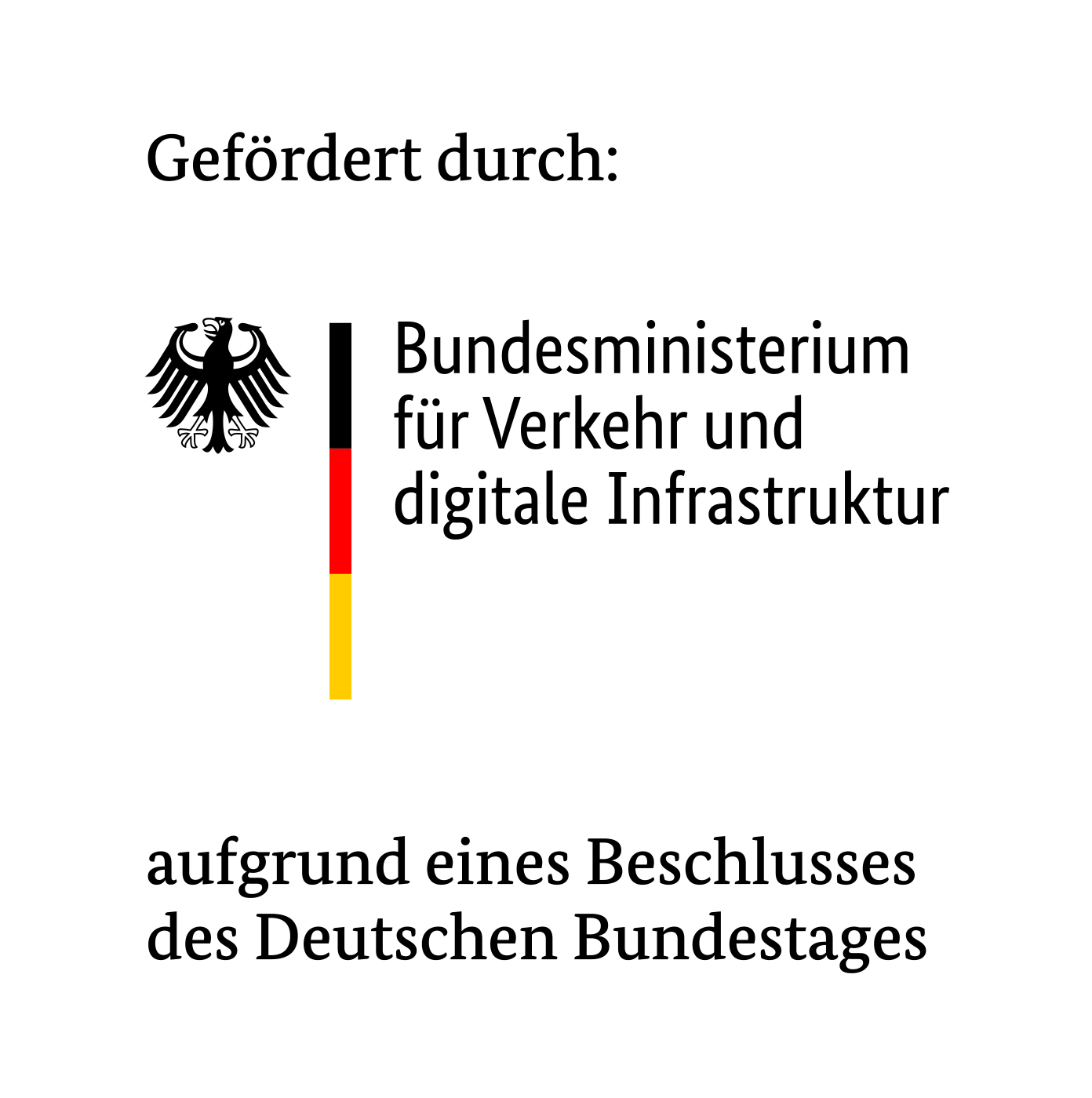
Automated Driving – as expected by the driver and pedestrians
The Institute of Human Factors and Technology Management IAT of the University of Stuttgart is an experienced partner in conducting various user studies to evaluate and secure different levels of automated driving. The IAT does not only consider the drivers’, but also the pedestrians’ perspective. For example in the SAFEWAY2SCHOOL EU project, the IAT specifically analysed hazards that jeopardise children’s safety on the way to and from school. Accident databases, interviews and case analyses were used to specifically identify and counteract risk factors. In the BRAVE EU project, the IAT assessed the interaction of pedestrians with automated vehicles and established a basis for a pedestrian-vehicle simulation. In the InCarIn BMBF project, the IAT served as scientific coordinator of the project, cooperated with the Fraunhofer IOSB and owned the ELSI issues (ELSI = Ethical, Legal, and Social Issues). The IAT furthermore collected the user requirements, executed the user-centred evaluation of the system developed in the project, and was responsible for the transfer of knowledge into the project, regarding the use of gesture and posture recognition in the passenger compartment for predicting manoeuvres in particular.
- Details
- Category: Activities
- 06 February 2020
- EDI GmbH










